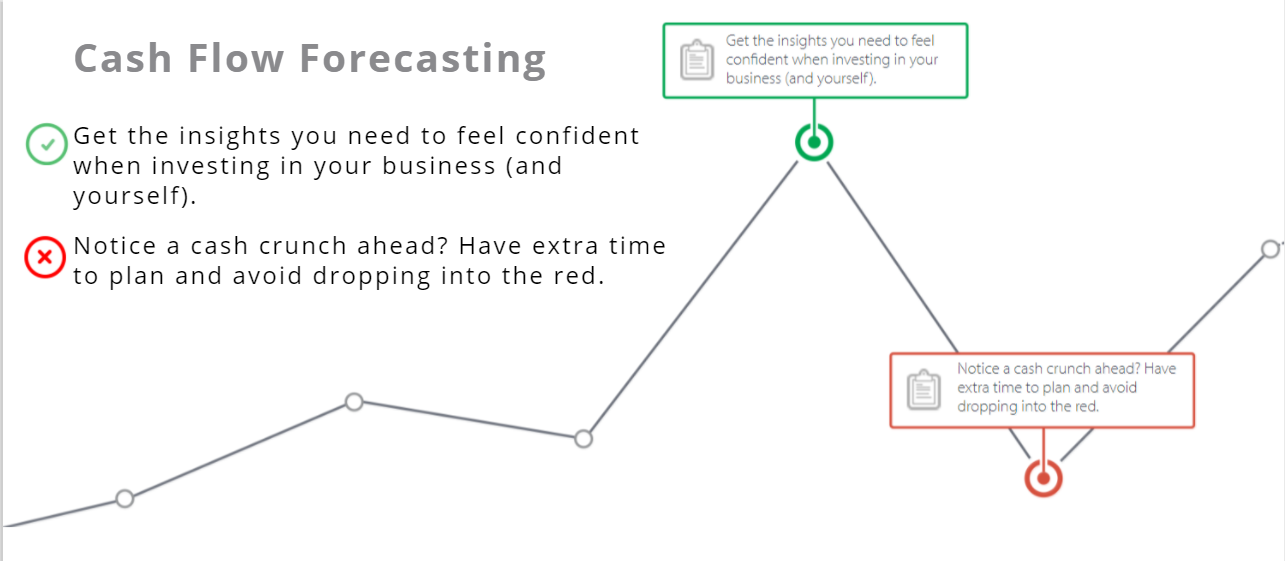An abundance of customer orders can be overwhelming, but having lots of orders is a good thing. It’s a sign that your eCommerce business is doing well.
What’s not good is continual overselling, late shipments, or shipping errors. Every new customer will eventually fall off due to a bad customer service experience.
It is said that growing pain comes with growth. You can ease some of these pain by automating some of the processes of your ecommerce store. When you are overwhelmed you may spend more time trying to keep up with orders than focusing on customer experiences. You and your team, if you have one, could spend your whole day entering sales data.
If this is your current situation, it may be time to simplify your day to day operations by using Quickbooks Online. Integrating Shopify and Quickbooks can greatly simplify your accounting process.
Inventory Management
When your inventory is flying off the shelf, it can be difficult to keep up. Without an automated system, you are responsible for manually entering and updating your inventory quantities when sales are made. When you have to do this you may resort to entering updates at the end of the day instead of immediately following each sell.
This can introduce the risk of overselling. You don’t want to be in the position of explaining to a customer why the item they bought and paid for is actually out of stock.
Customers expect you to display accurate inventory quantities whether you have an item in stock or not.
Reduce Manual Data Entry
Before Quickbooks Online integration, some merchants employ whole teams to manually enter data from system to system. Staff members may spend 9 or more hours a day entering online order invoices.
This can cause staff to work later. Usually, their work is prone to human errors such as typos and misspellings. The process is tedious and can prohibit merchants from working on aspects of their business that are equally as important, such as customer service.
Entering data between your Shopify and Quickbooks takes up a lot of time. What can you think of that you would rather have your staff spend time on.
Reduce Shipping Errors
Entering one wrong letter or number on an order may have serious consequences. It can mean that your customer never receives the product they ordered from you.
Manual data entry can hamper fulfillment processes even when information is entered correctly. This can happen with complex orders where the shipping must be coordinated from different locations. This causes longer shipping times. With the integration, you can offer faster delivery times.
Reduction of Data Losses Due to System Crashes
Merchants who manually enter data are more greatly affected by software crashes. The situation is also more costly for them. Reentering order data and reprocessing orders can take twice as much time and cost you thousands of dollars.
Manage Product Listings
Without integration, your product listings can suffer just like inventory and order data. You or your team will need to manage your SKU’s and product descriptions in Excel spreadsheets and then repeatedly enter the information into different systems.
All of this data can appear inconsistent and messy. Inaccurate product listings can be pushed to your Shopify site. This can cause search errors since customers won’t have the necessary information to find and buy your products.
Customers are smart. They prefer shopping with merchants who will anticipate their needs and provide them with a great shopping experience. They expect a seamless product page, an easy checkout process, and fast delivery. Overall they expect a personalized experience.
Understand that technology makes it easier for customers to move on to brands that meet their expectations. If you are over your head manually entering data, your competitive edge is likely declining.
Integrating Systems
If you are experiencing one or more of the issues mentioned above, it’s time to integrate your systems. The integration will allow you to automate and streamline your business processes.
You can:
•Sync your product data for consistent product listings
•Sync inventory quantities in real-time to avoid overselling
•Provide customers with timely shipping status updates
•Accelerate fulfillment by moving orders easily and accurately from one system to the other
•Integrate drop shipping or 3PL fulfillment
•Automate your returns process
The greatest benefit is the elimination of manual data entry. The number of hours you get back can be used to focus on your business growth.
You have already made the smart decision of utilizing Quickbooks on its own. Integrating will help you get more out of both of these vital systems.
Different integration solutions are available such as point-to-point connectors, add-ons, plug-ins, and self-installable automation platforms. What will work for you depends on the unique needs of your business.
Successful businesses are built with smart systems. Smart integrations put you in the company of businesses that are thriving. With an ecommerce store at the heart of your business, you likely have tons of data coming through. It’s important to have a way to keep things organized and take care of your bookkeeping. By integrating your systems, your orders, inventory, and shipping will be accurate and updated automatically.
Sales, order details, and inventory will automatically sync into QuickBooks. You will be able to view the full summary of your orders, their total value, a product breakdown, and product profit margin. Your payouts and fees will import into QuickBooks so you won’t miss any expenses. Also, orders will be imported with complete sales tax data for easy viewing per amount paid, the amount owed, and the agency.
Multichannel integration will provide the necessary foundation needed to expand your business. You will have room for additional sales channels such as a second eCommerce site or Amazon and still manage the fulfillment of increased order volume.
Although multichannel integration projects can have a reputation for being somewhat time-consuming, complicated, and expensive, you don’t have to break the bank to implement your multichannel strategy. You only need proper vision and the willingness to invest in the right technology.






